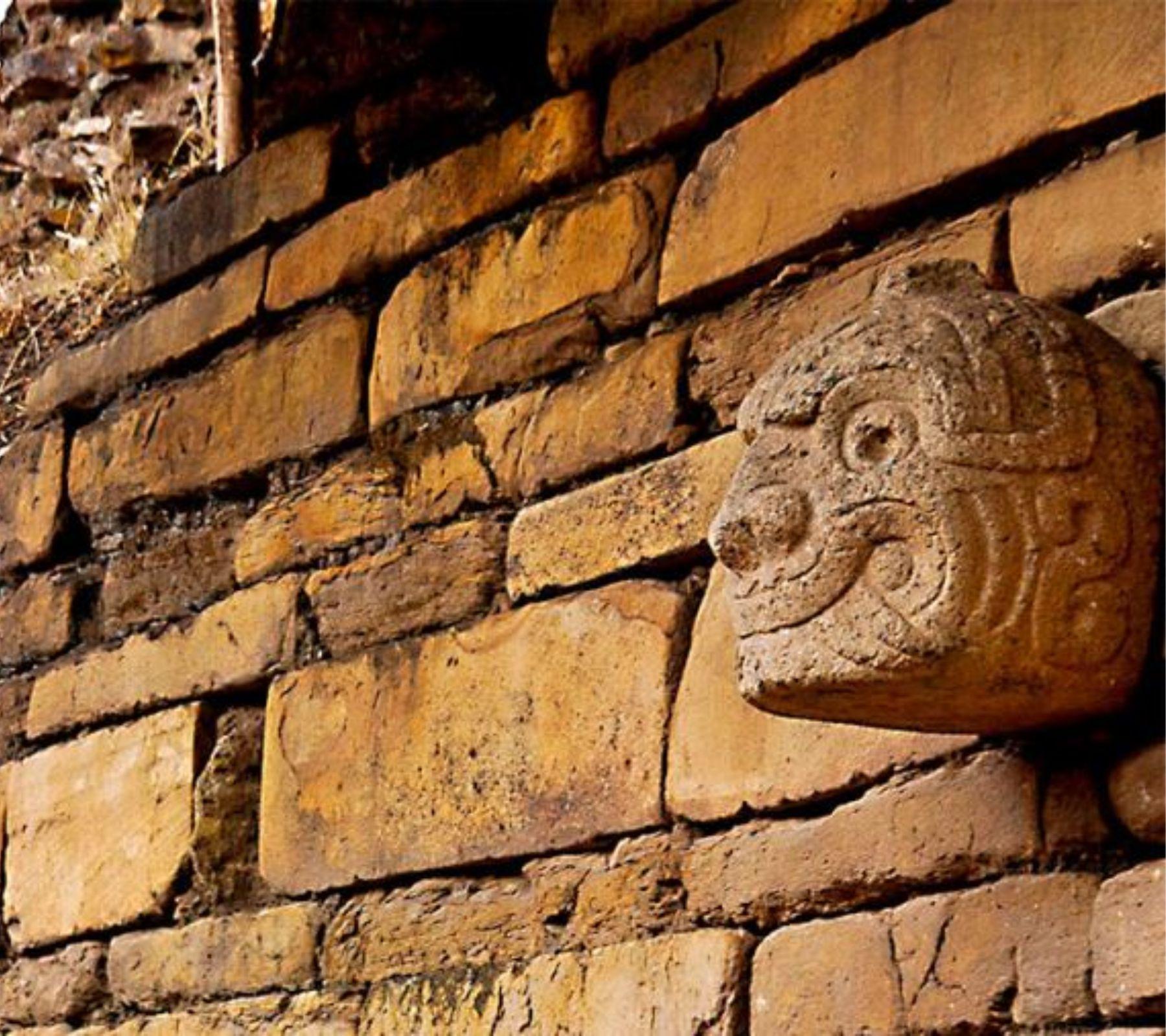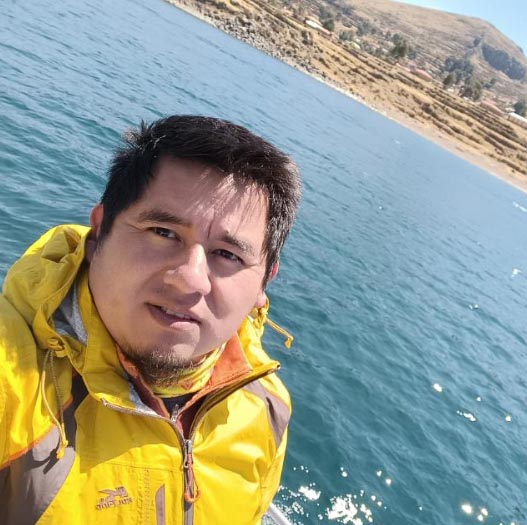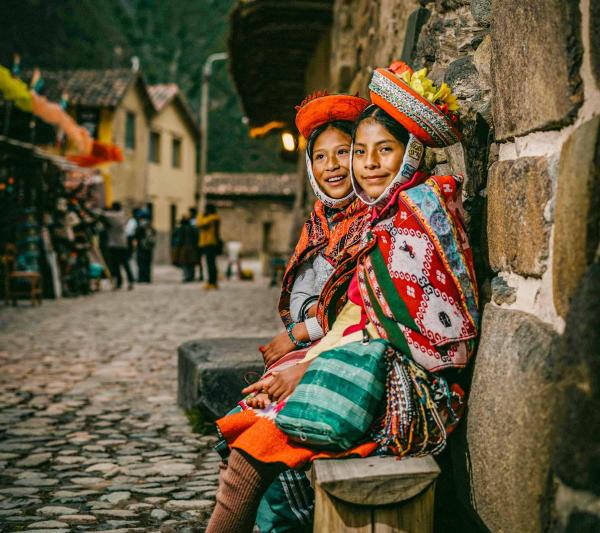The Chavín Archaeological Site is located in the province of Huari, Ancash Region. It was developed between 1500 and 550 BC. It was an important ceremonial and religious center that attracted people from various parts of the Andean world to worship the gods who lived there.
It is made up of monumental buildings placed on terraces around square and circular plazas built with finely carved and sculpted stone blocks. The most relevant characteristic of Chavín, and one of the most outstanding attributes of its Outstanding Universal Value, is the complex system of internal galleries superimposed on various levels of the buildings, which served for the development of initiation and cult rituals.
The exquisite iconography captured in stone expresses and synthesizes the Chavín worldview and beautifully decorates the architecture.
Year of inscription on the World Heritage List: 1985.
Description
The archaeological site of Chavín de Huántar belongs to the Chavín culture, which developed in the Pre-Inca Period between the 13th and 5th centuries BC, located at the junction of the Huachecsa and Mosna rivers, tributaries of the Marañón River; on the eastern flank of the Cordillera Blanca and the Callejón de Conchucos at 3,180 m.a.s.l., it has an area of ??14.79 hectares and a perimeter of 1911.014 m.
Chavín was a ceremonial and pilgrimage center that welcomed people from different latitudes, distances and languages, becoming an important place of cultural and religious convergence. It is made up of a set of structures that characterized the Early Horizon period, whose monumental architecture is revealed through the platforms, staircases, plazas and atriums that allowed it to accommodate hundreds of people.
The passages, galleries and ducts with restricted access were used by the priests who lead the cult, to persuade the selected devotees, through various rites and sensory effects, of the values ??of their religion, thus isolating the activities of the external and internal world, of light and darkness.
On the other hand, inside it is the Lanzón de Chavín, whose granite piece measures 4.53 m high, and represents a being with human and zoomorphic attributes. The head is almost a meter high, its eyes look upwards, the hands have five fingers, the right arm is raised with the hand open and the palm facing the observer, while the left arm is down, with the back of the hand visible. The statue is decorated with earrings, bracelets, anklets and a kind of adorned skirt.
The head is decorated with the Inca cross or chacana, and the long hair is made up of moving snakes. On the outside there is a carved head, which was carved in volcanic tuff, limestone and sandstone.
The following stood out in the interventions: From 1919 onwards it was investigated by the Peruvian archaeologist Julio C. Tello, who carried out conservation work on the Monument. On 17 January 1945, Jorge C. Muelle commissioned Marino González to remove the alluvial strata (1955) caused by the Laguna Rurec from the site.
This work lasted until 1965, and uncovered the doorway of the Castle, baptised as the “doorway of the Falconids”. Between 1966 and 1973, a team from the Universidad Nacional Mayor de San Marcos, headed by Luis Lumbreras and Hernán Amat Olazábal, excavated at the site and expanded knowledge about the passages and interior enclosures of the sanctuary. In the 1970s and 1980s, Richard Burger conducted stratigraphic excavations, which led to clarifying the sequences of the development of the site's ceramics.
From 1980 to 1982, the Chavín Archaeological Project of the Federico Villarreal National University was developed, sponsored by the Volkswagenwerk Foundation and directed by Federico Kauffmann Doig. Later, since 1996, the North American archaeologist John W. Rick has been developing a research program in Chavín de Huantar with Stanford University, through which he discovered the Galería las Caracolas, the Galería de la Capilla and the Plaza and Gallery of the esplanade; In 2019, through the Chavín de Huantar archaeological research and conservation project, a gallery was excavated in which two whistling heads, slabs similar to the Raimondi Stele, beads and a stone mortar with characteristics of a condor were found, for this reason they named the new gallery "El Cóndor".
The visitor can carry out activities that will allow the appreciation of the culture, such as taking photographs and purchasing crafts with characteristics of the Chavín culture.
Particularities
Chavín is a ceremonial and religious center that belongs to the formative period, it is characterized by its iconography of anthropomorphic figures with traits of felines, snakes and other animals and its buildings present a complex of underground galleries.
Recognitions
The Chavín de Huantar Archaeological Monument was declared a World Heritage Site by UNESCO on December 6, 1985; Intangible Zone with National Directorial Resolution No. 290/INC-2003 of May 16, 2003 and Cultural Heritage of the Nation; it also has the International Safe Travels Seal.
Type of entry
Upon presentation of a ticket (specify rate: children, adults, students, etc.)
Ticket Cost
Adults: S/ 15.00 University students S/ 7.00 School children: S/ 4.00
Other interesting blogs:
- Where is Machu Picchu?
- Machu Picchu Tickets: Upgrade guide 2024
- Skylodge Adventures Suites
- Machu Picchu Weather
If you want to live this great experience do not hesitate to contact us. Reserve our guided trips to Machu Picchu by contacting our travel experts and you will be closer to completing your adventure:






